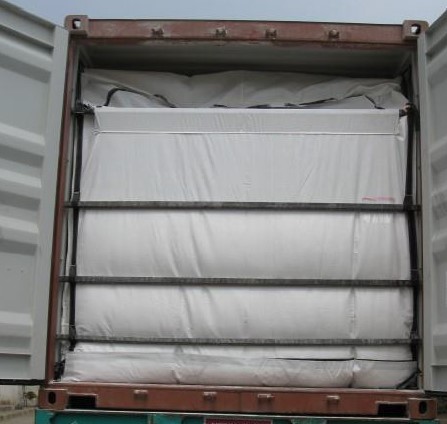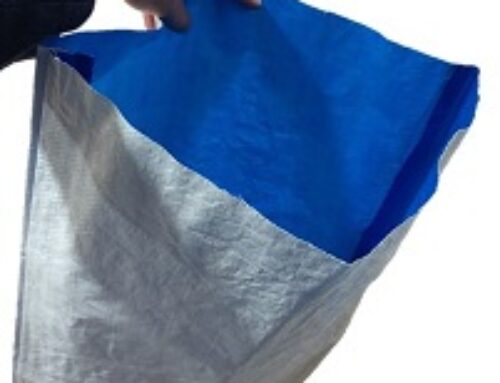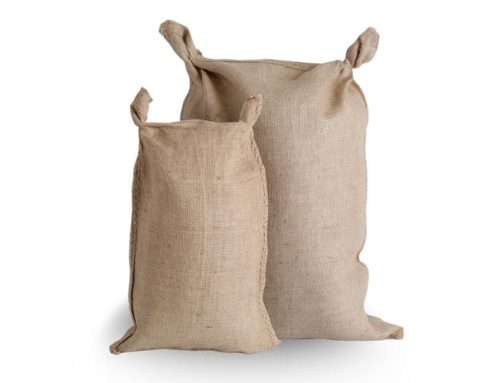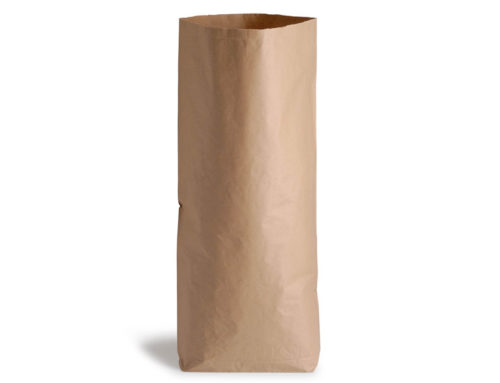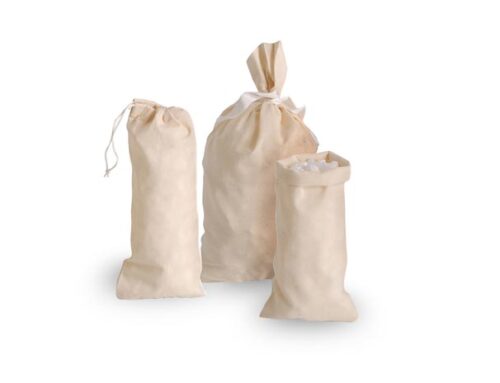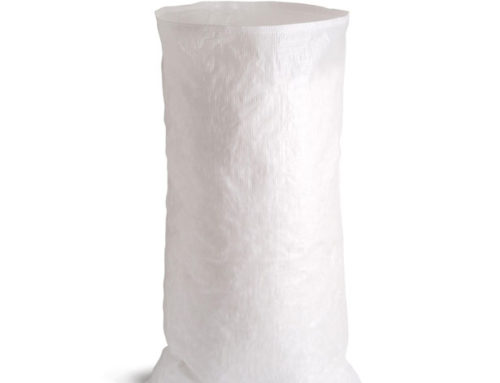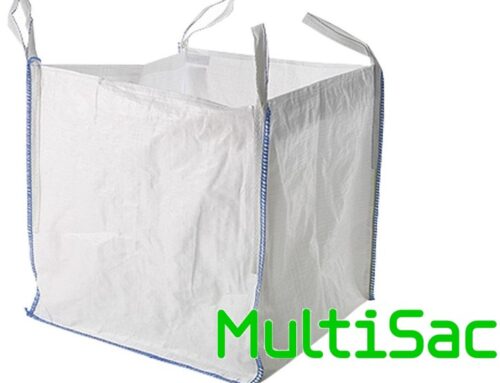This type of Container Liner is the most common in terms of its restraining bars.
The container walls themselves contain the pressure exerted by the bulk cargo inside. When opening the back door of the container for loading and discharging, additional steel containment bars are necessary in most cases so that the Container Liner does not bend or even break when the back door is open.
These bars also prevent the whole Container Liner from sliding out when the door is open and protect the doors from bulging when closed.
All containers incorporate springs to anchor the bars, which are inserted into the handles of the Container Liner to hold them in place.
The location of the bars must be compatible with elements to be potentially loaded and discharged from the back.
The bars are usually made of iron, galvanized iron, or steel (somewhat stronger than iron) and can be square or circular in cross-section. Their average dimensions are 40 mm cross-section x 2400 mm long x 2.8 mm thick and they weigh approximately 5.2 kg each.
3 bars are required for 20′ containers, and 4 bars are required for 40′ HQ containers.
In many cases, the customer himself purchases the bars locally to avoid high transport costs for shipping the heavy steel bars.
This type of Container Liner is mainly used to contain products that do not flow very easily, such as cement or starch.
In some cases where the load is not particularly heavy, the restraining bars may be replaced by webbing in the form of a St Andrew’s cross. In any case, assembly, loading, and discharging tests should always be carried out before a decision is taken about the appropriate method of back containment.

